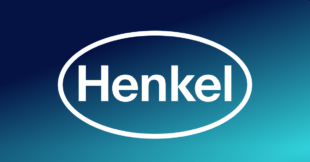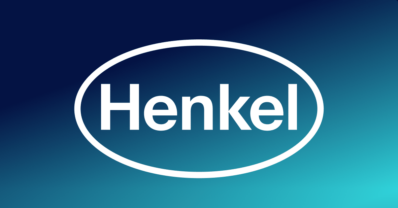The Customer:
A large integrated healthcare system operating across multiple states with a network that includes hospitals, clinics, long-term care facilities, assisted and independent living communities, and a research and education institute. The organization employs over 14,000 individuals.
The organization manages vast amounts of data from diverse sources, including electronic health records, financial systems, and departmental databases. Its analytics team supports a wide range of functions across the enterprise, from clinical operations to marketing and supply chain management.
The Challenge
The healthcare provider’s traditional data infrastructure was highly siloed, making it difficult to combine and analyze data across systems. As one analyst described: "Everything was pretty siloed. We had member engagement software and analytics tools feeding from our medical records system, plus various access management systems—everything was kind of all over the place."
These silos created significant barriers to efficient cross-system analysis and limited access to timely insights. Manual data extraction was burdensome, with some month-end reports taking up to two weeks. Legacy systems further compounded these issues with complex and outdated data structures.
Non-technical users across the organization often required help from the analytics team for even basic reporting. Additionally, the lack of real-time data due to infrequent system updates limited timely decision-making.
The Solution
To resolve these issues, the organization implemented Dremio's Intelligent Lakehouse Platform. This included integrating 13 databases—such as Oracle and SQL Server—into a unified environment to eliminate silos and streamline access.
The new architecture utilizes Amazon S3 for object storage and features automated file ingestion. Apache Iceberg tables were implemented for efficient data management, while Dremio Reflections were used to accelerate queries. This solution created a single source of truth across the enterprise.
The organization also introduced a self-service analytics initiative through an internal Analytics Center of Excellence (ACE), empowering departments to manage their own data needs using the Dremio platform.
Governance and access control were refined iteratively, allowing the system to evolve and scale effectively. As one team member shared: "It has definitely evolved… I think right now, we've got the best as far as how it works for us."
Results
Dremio's platform dramatically improved analytics across the organization. Manual work was reduced significantly—most notably for the revenue services team, whose month-end reporting time dropped from two weeks to just 1.5 hours. Automated pipelines replaced manual tasks, freeing staff to focus on higher-value work.
Data integration improved significantly, enabling the combination of data from healthcare systems, marketing analytics platforms, vendor data, and internal spreadsheets for previously unattainable insights.
The ACE program empowered departments to handle their own reporting and analysis, streamlining workflows and enhancing decision-making capabilities across the board.
Automation tools like Mizer and Airflow were used to establish robust, automated workflows, integrating various APIs and supporting real-time data ingestion and transformation.
Structured governance policies were implemented to avoid data swamp issues, with consistent standards for ingestion, access, and usage.






